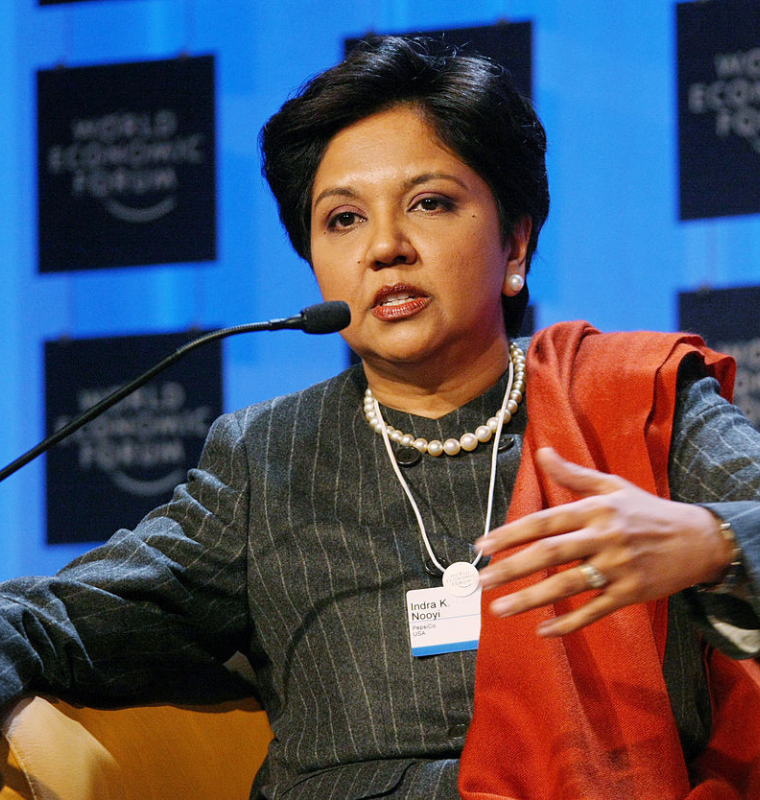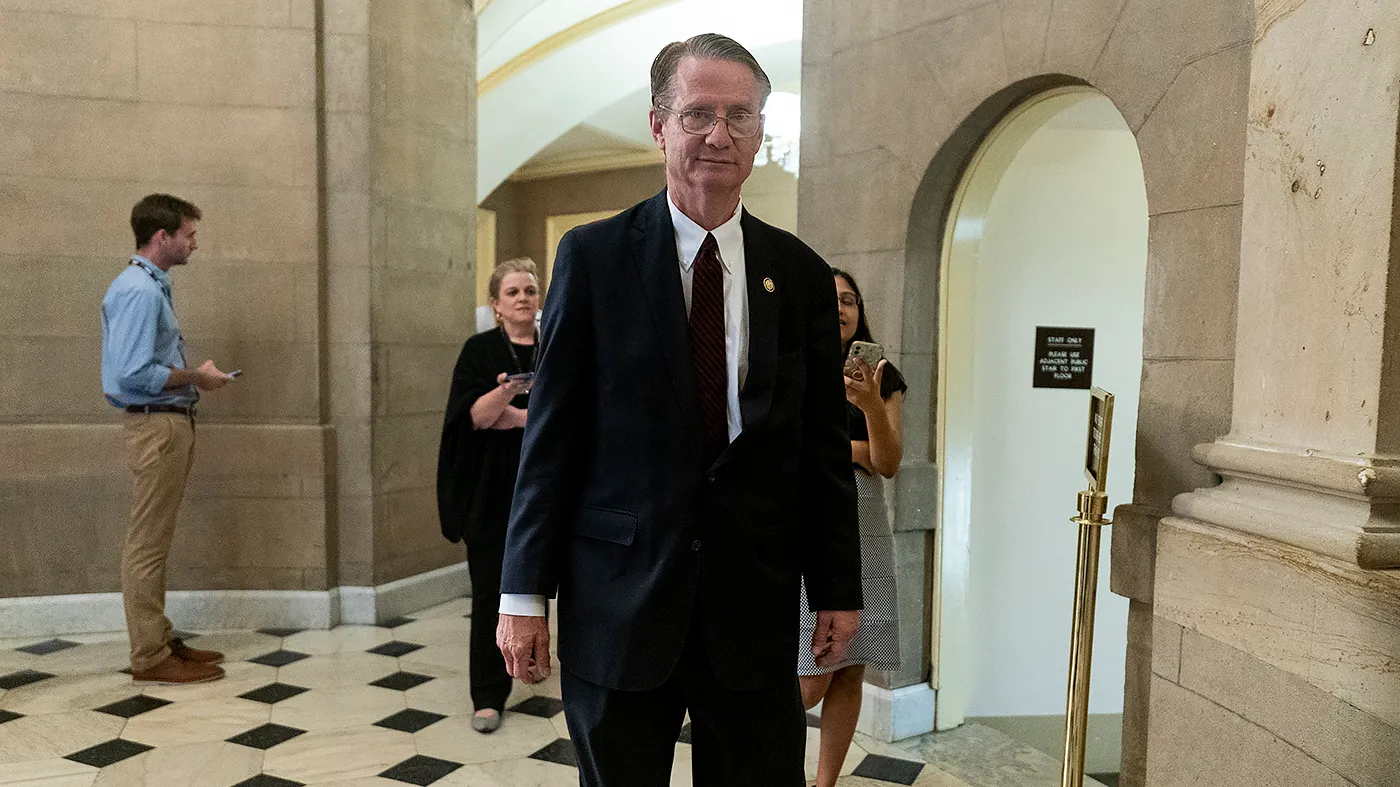US Economy Contracts Sharply in Q1 as Consumer Spending Slows
By
Leah Rosenfeld
Last updated:
June 26, 2025
First Published:
August 3, 2025

Getty Images
Washington, D.C. — The U.S. economy shrank more than initially thought in the first quarter of 2025, according to the Commerce Department’s final estimate released Thursday. Gross Domestic Product (GDP), the most comprehensive measure of the nation’s economic health, contracted at an annualized rate of -0.5%, a significant revision from the previously reported -0.2%.
This sharper downturn, driven primarily by a major pullback in consumer spending and a deepening trade deficit, casts a harsher light on the early impact of President Donald Trump’s tariff-heavy economic strategy.
Consumer Spending: The Weakest in Four Years
Consumer spending, which accounts for over two-thirds of U.S. GDP, grew at a meager 0.5% rate in Q1 — down from the prior 1.2% estimate and the slowest pace since 2020. The slowdown was widespread, affecting sectors from durable goods to discretionary services, signaling growing caution among American households amid inflation pressures and economic uncertainty.
“This is a significant revision and points to real weakness in household consumption at the start of the year,” said Sarah Chan, senior U.S. economist at Beacon Advisory.
Trade Imbalances and Tariff Fallout
While import levels were revised downward in the latest report, they still vastly outpaced exports. Businesses scrambled to stockpile goods in anticipation of higher tariffs, fueling a massive trade deficit that weighed heavily on growth. The deficit’s contribution alone was enough to offset gains in business investment and inventories.
This front-loading of imports ahead of Trump’s tariff hikes was a recurring theme across multiple industries, especially in manufacturing and electronics.
“The first quarter was really a snapshot of the economy adjusting — or bracing — for prolonged trade restrictions,” said Paul Stanley, CIO at Granite Bay Wealth Management.
Mixed Economic Signals: Durable Goods and Unemployment Data
Despite weak GDP data, durable goods orders jumped 16.4% in May, reflecting surging demand for transportation equipment. Non-defense capital goods orders excluding aircraft — often viewed as a leading indicator for business investment — rose 1.7% in May, rebounding from April’s 1.4% decline.
This momentum in capital expenditure could point to a stronger Q2, though analysts warn the broader economy remains on fragile ground.
In contrast, labor market indicators deteriorated. The Labor Department reported jobless claims rose by 37,000 to 1.974 million, the highest level since November 2021. The rise suggests growing strain in employment, potentially tied to corporate adjustments to tariff-related supply chain disruptions.
What This Means for the Fed
Federal Reserve policymakers are likely to remain cautious. While the GDP figures are backward-looking, persistent inflation risks and labor market fragility are more immediate concerns.
“These revisions won’t drastically shift the Fed’s approach,” said Ryan Sweet, Chief U.S. Economist at Oxford Economics. “The central bank is more likely to respond to labor market softening than GDP fluctuations. If there is a rate cut this year, December is still the most probable window.”
Outlook: Tariffs, Trade, and Growth Ahead
With ongoing tariff renegotiations between Washington and Beijing — including recent tariff reductions (from 125% to 10% on U.S. exports to China, and from 145% to 30% on Chinese goods entering the U.S.) — future quarters may show more resilience. However, economists caution that consumer spending and employment trends must rebound to sustain any recovery.
As the world’s largest economy faces a period of recalibration, policymakers, markets, and households alike are closely watching how long the pain of policy shifts will persist — and whether the anticipated benefits will materialize in time to stabilize growth.
Popular articles
Subscribe to unlock premium content
Indra Nooyi’s Strategic Vision at PepsiCo: Balancing Profitability with Purpose

Nike’s Direct-to-Consumer Revolution: How Cutting Retailers Boosted Profits and Control

Spotifys Playlist Power Turning Music Curation Into An Advertising Goldmine

Indra Nooyi’s Strategic Vision at PepsiCo: Balancing Profitability with Purpose

Nike’s Direct-to-Consumer Revolution: How Cutting Retailers Boosted Profits and Control

Indra Nooyi’s Strategic Vision at PepsiCo: Balancing Profitability with Purpose









